Phonics Skills Normal Consonants Worksheets for Ages 4-8
12 filtered results
-
From - To
Discover our engaging "Phonics Skills Normal Consonants Worksheets" designed specifically for children aged 4 to 8. These worksheets enhance phonemic awareness and reading readiness by focusing on normal consonants, helping young learners recognize letters and sounds while developing essential literacy skills. Each worksheet features fun activities tailored to captivate young minds, promoting both individual and group learning. Ideal for homeschooling, classroom activities, or additional practice, our resources aim to make learning phonics enjoyable and effective. Encourage your child's reading journey and build a strong foundation in literacy with our specially crafted worksheets today!


Blending Consonants: "Fl", "Bl" and "Gl" Printable
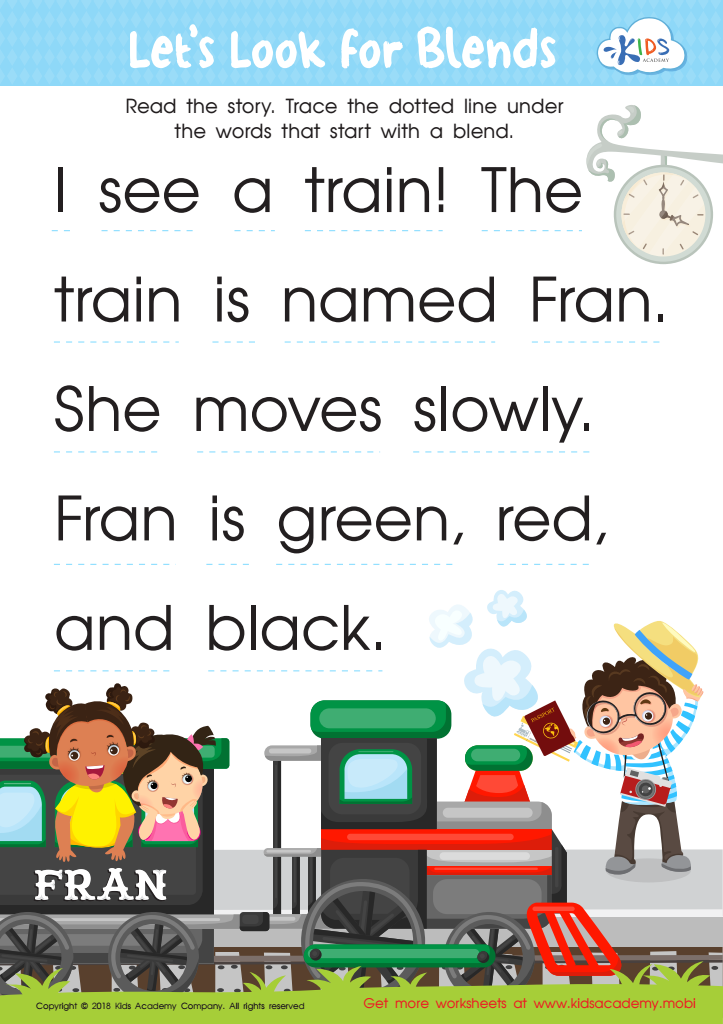

Let's Look for Blends Worksheet
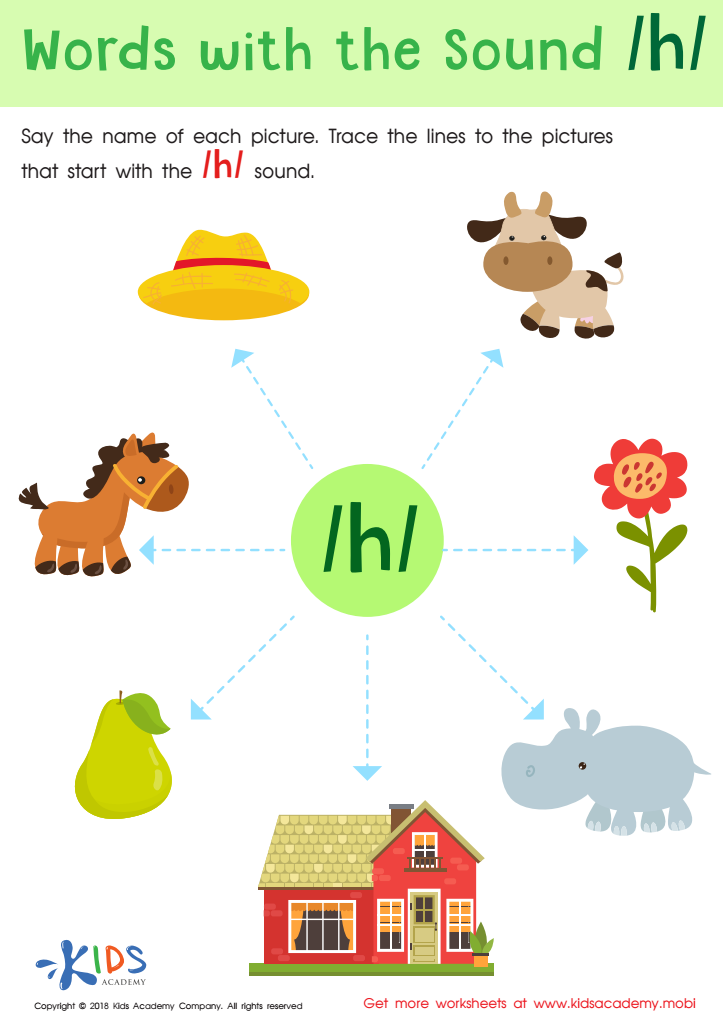

Words with sound h Reading Worksheet
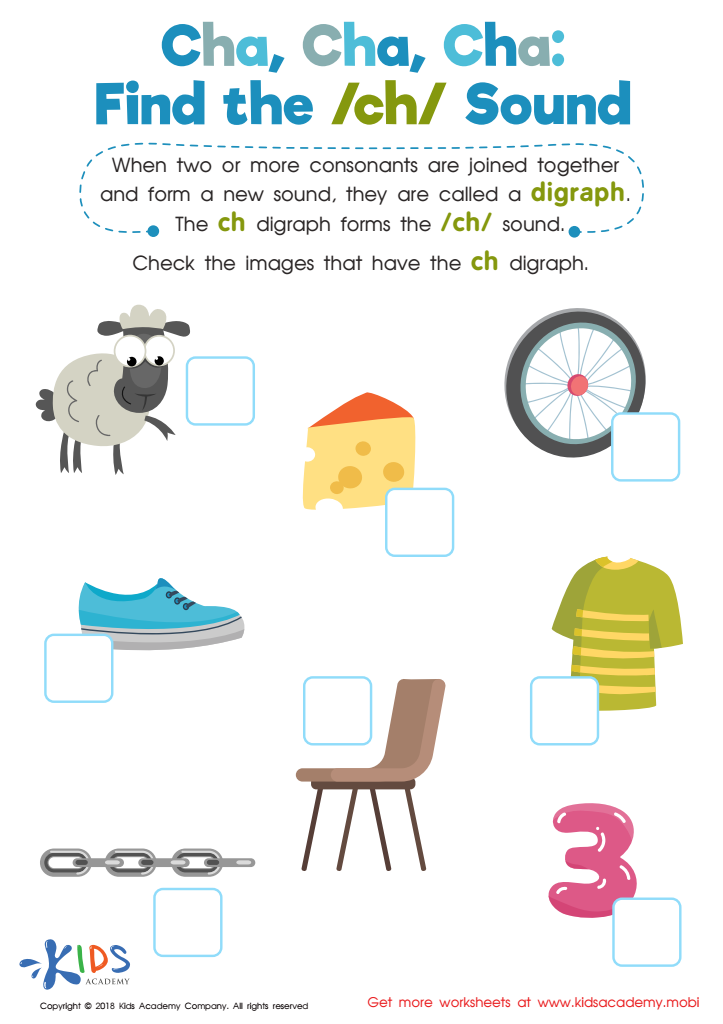

Cha, Cha, Cha: Find the /Ch/ Sound Worksheet
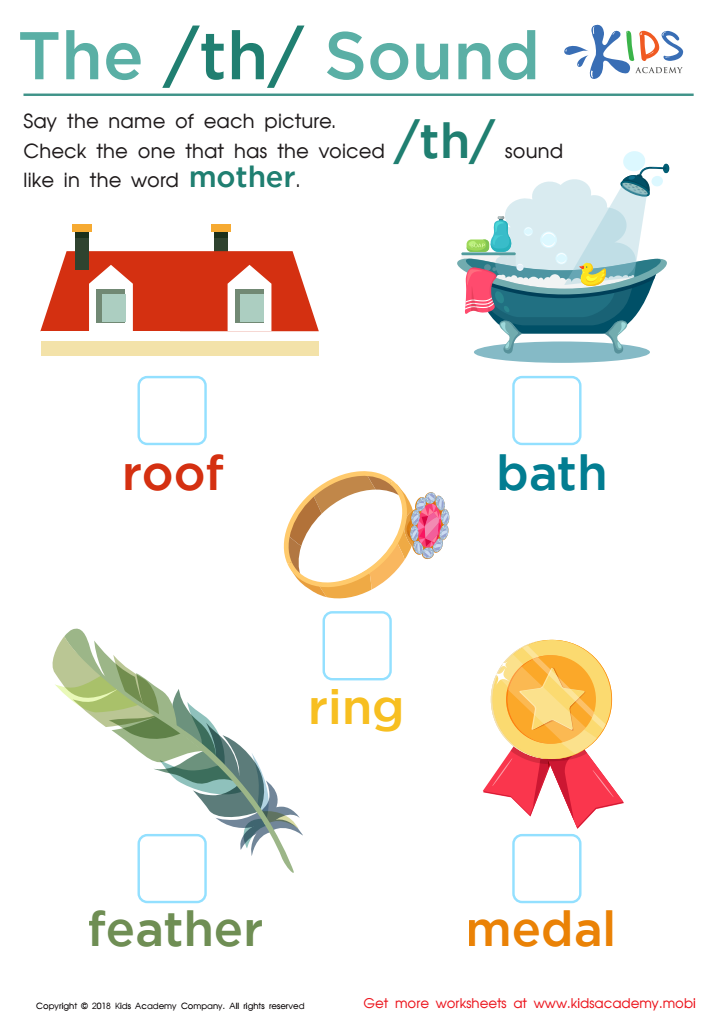

The /th/ Sound Worksheet
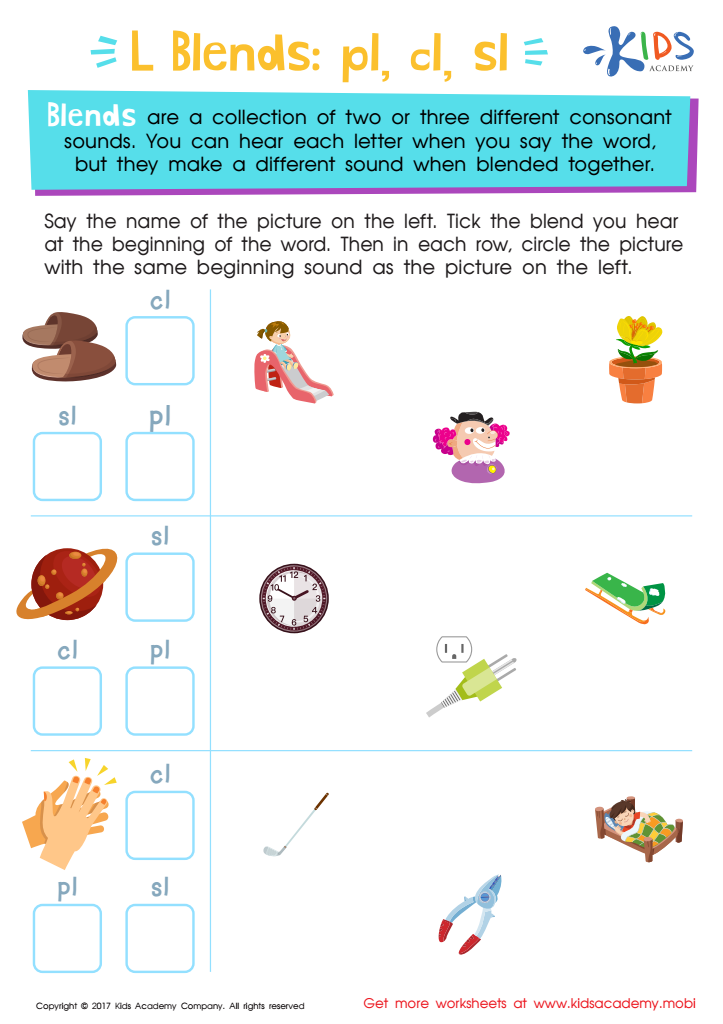

L Blends: "Pl", "Cl" and "Sl" Printable
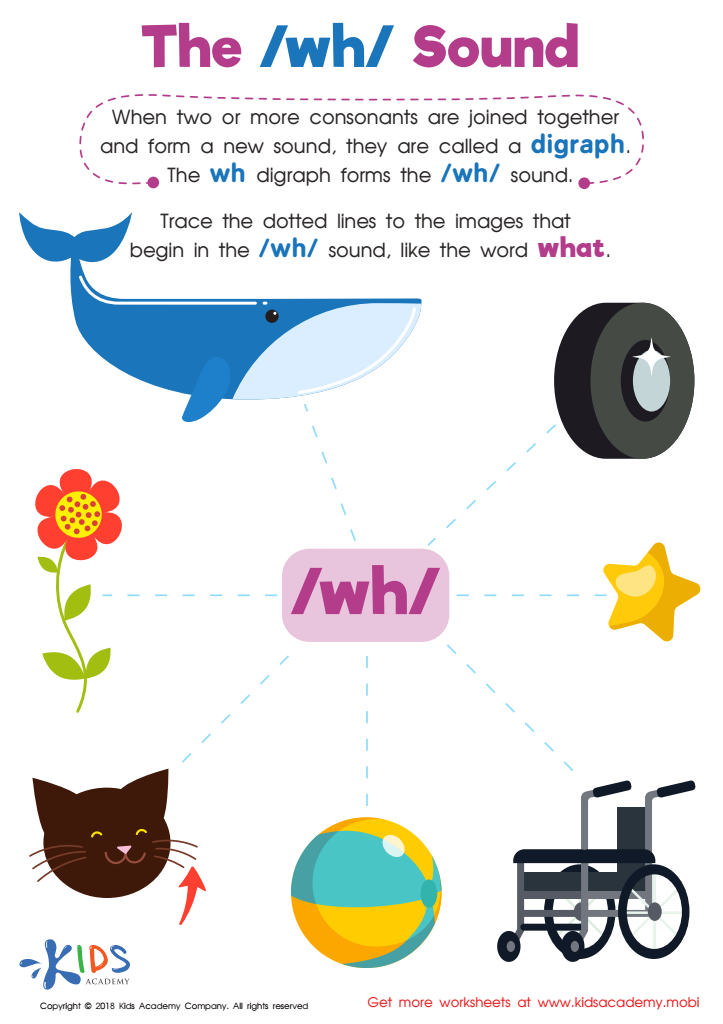

The /wh/ Sound Worksheet
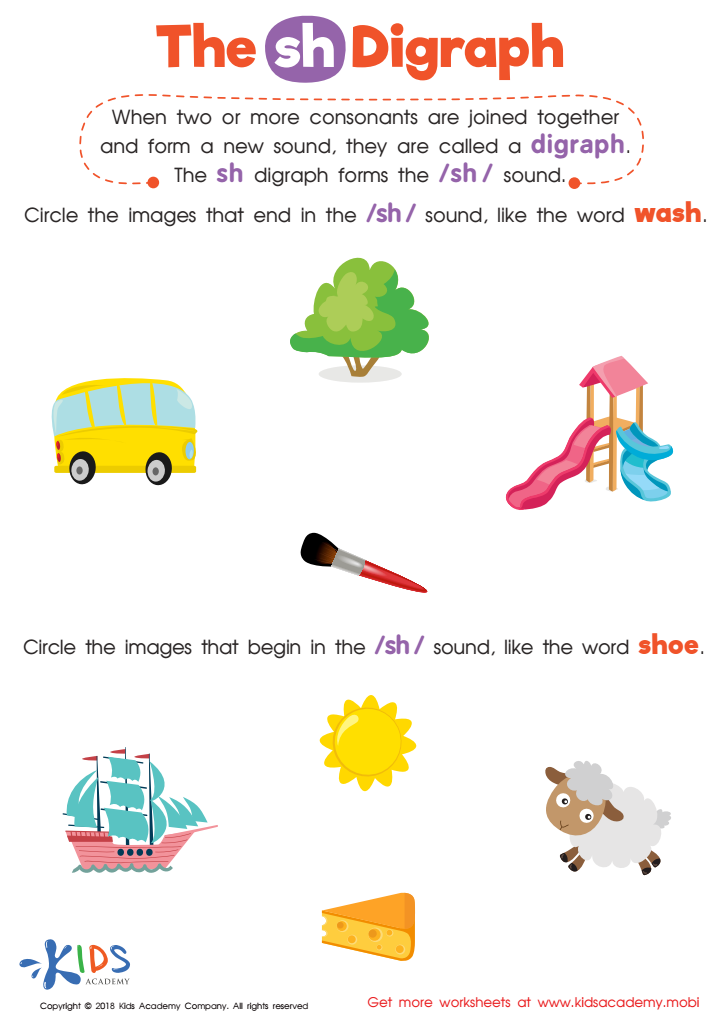

The SH Digraph Worksheet


Missing Digraph: Part 2 Worksheet
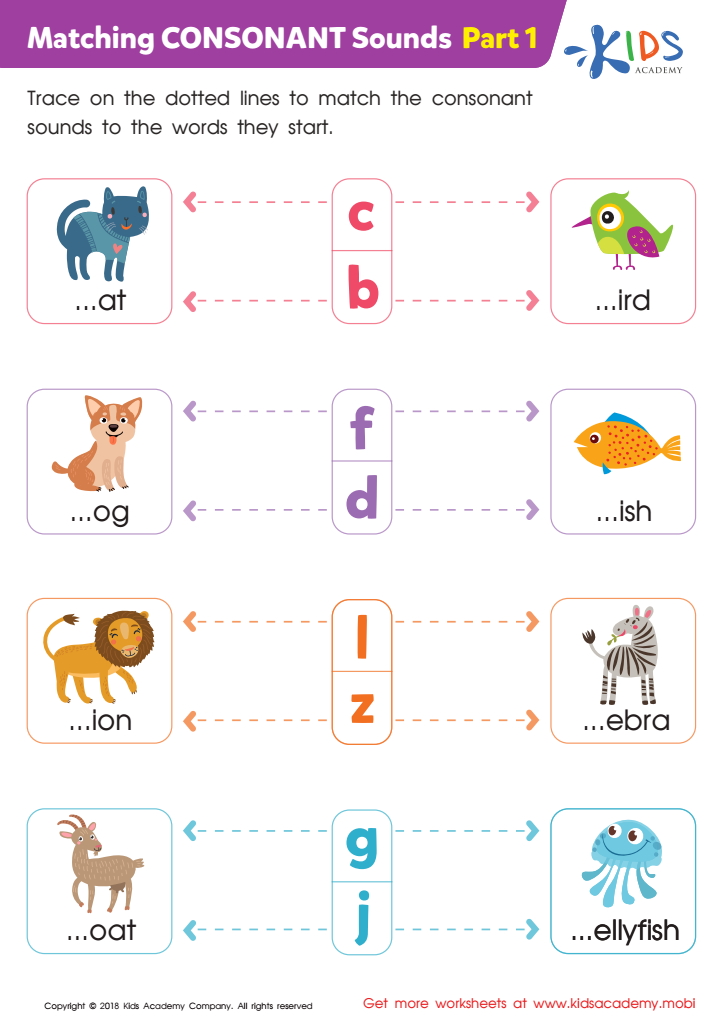

Matching Consonant Sounds: Part 1 Worksheet


Consonant Blends: "Dr" and "Tr" Printable
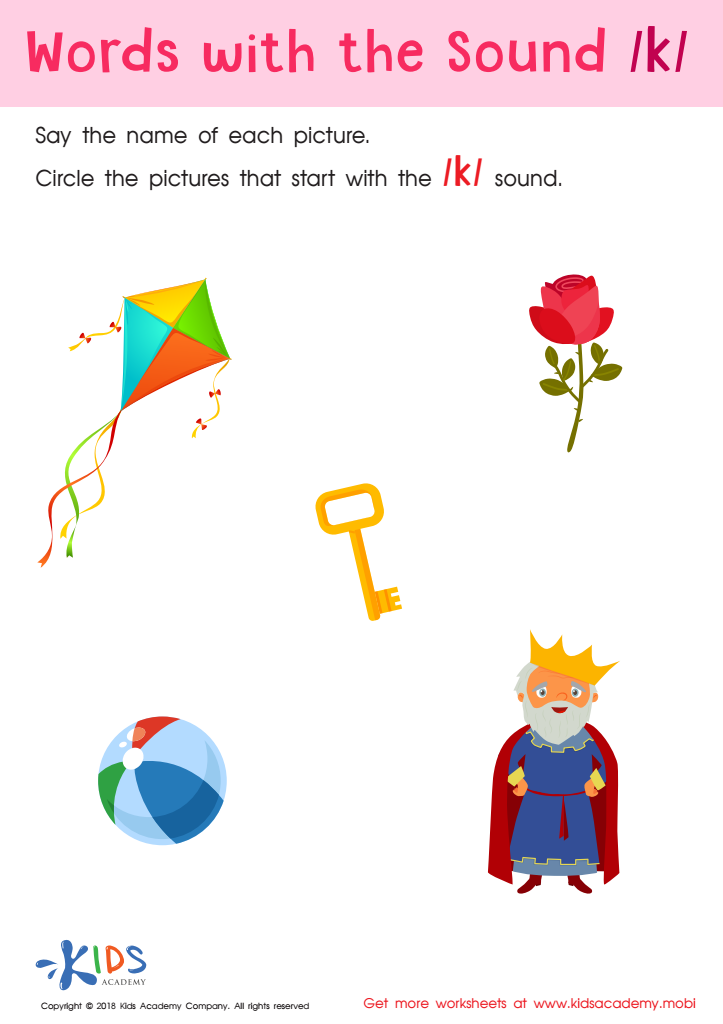

Words with sound k Reading Worksheet
Phonics skills, particularly normal consonants, are crucial for children aged 4-8 as they form the foundation for reading and writing. This stage is essential for cognitive development, where children learn to connect letters with their corresponding sounds, enabling them to decode words effectively. Understanding normal consonants strengthens phonemic awareness, which is essential for spelling and vocabulary expansion.
Parents and teachers should care about phonics skills because they directly influence a child’s future academic success. Proficient phonics knowledge equips students with the tools needed for reading comprehension, critical thinking, and communication. In turn, this boosts their confidence and enthusiasm for learning, helping to cultivate a lifelong love for reading.
Moreover, early investment in phonics can help identify and address potential learning difficulties early, such as dyslexia or other reading challenges. This proactive approach not only mitigates future academic struggles but also fosters a supportive learning environment. By prioritizing consonant phonics skills during these formative years, parents and teachers can set their children on a path to success, nurturing their literacy abilities and enhancing overall educational experiences.

 Assign to My Students
Assign to My Students















